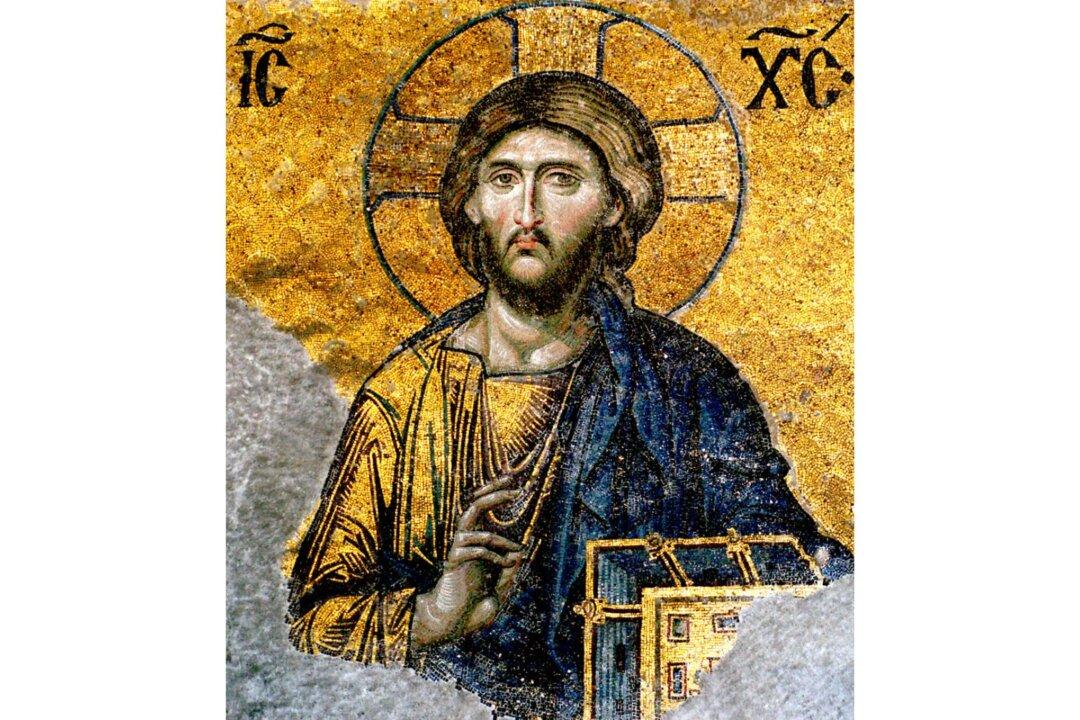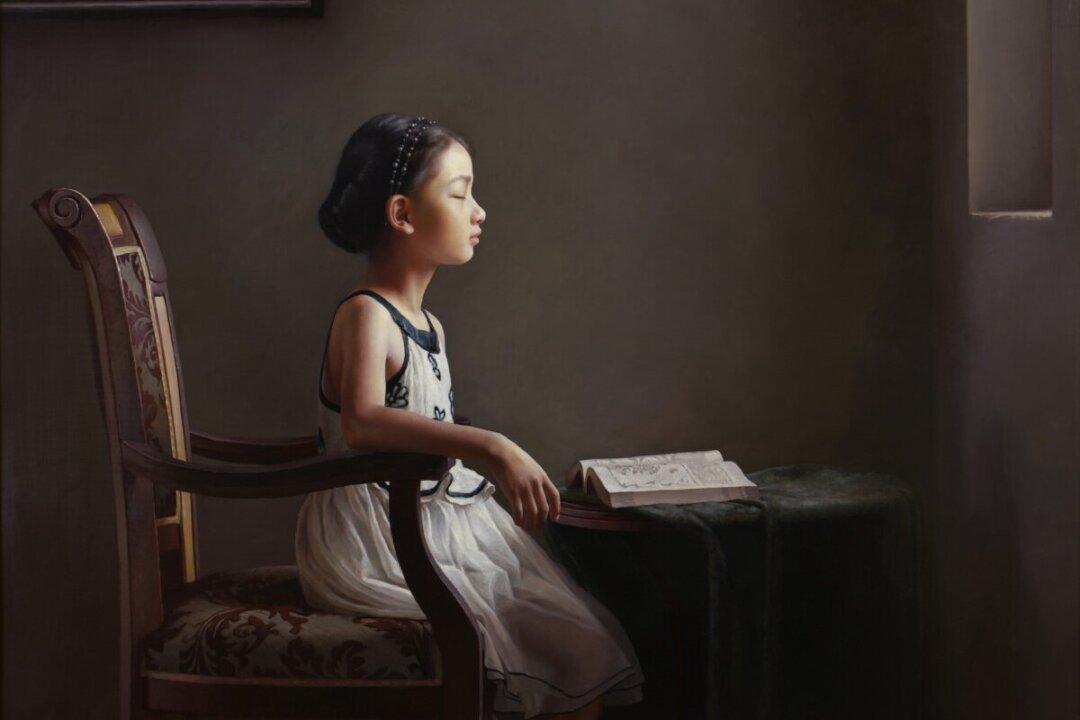A few years ago, I flew to Florence, Italy, for a friend’s wedding. Not only was I fortunate in seeing my dear friend marry in one of the city’s oldest churches, but I experienced a whole host of hearty Italian wedding traditions, hospitality, and more.
You’ll have to wait for an article on Italian wedding traditions. In this article, I want to share my surprise and delight at the sacred art in the church.
The plain façade of the Church of Santi Apostoli defies what’s inside. Built in the 11th century, the church still maintains characteristics of the High Middle Ages (1000–1250), even though it was remodeled during the Renaissance.

The 11th-century Church of Santi Apostoli is one of the oldest churches in Florence, Italy. SailkoCC SA-BY 3.0
Many believe that Michelangelo saved the church from being demolished when he suggested to the banker Bindo Altoviti that it be preserved rather than rebuilt.
Entering the church, I was first struck by the semicircular arches, typical of the Romanesque architecture of medieval Europe. Next, I noticed the golden altarpiece, but there wasn’t much time to take in more.

The semicircular arches inside the Church of Santi Apostoli in Florence are characteristic of the Romanesque style of architecture that flourished throughout medieval Europe. Mgelormino/CC SA-BY 4.0
I sat near the front of the church, on the end of a pew. While waiting for the bride’s arrival, I noticed a glint of white behind a column to my left. Curious, I stretched my neck to peer around the column and saw a splendid polychrome, terracotta tabernacle, where communion vessels are traditionally stored.
I was captivated. A number of divine figures were depicted in white-glazed terracotta on a largely blue background, but I was too far away to understand the scene. The ceramic work looked similar to that of the Italian Renaissance sculptor Luca della Robbia, but I’d only ever seen his art in books.
Della Robbia pioneered a tin glaze that gave terracotta a colorful shine. It was that shine that caught my attention, before I'd even seen the sculptural relief.

Eucharistic tabernacle, circa 1512, by Andrea della Robbia. Sailko/CC BY-SA 4.0
Art’s Divine Purpose
Sacred art and music is made to deepen our connection to God. Even though I’m not Roman Catholic, on that day, I felt like I truly experienced the purpose of art in the setting of a sacred service. Throughout the wedding, I kept getting drawn to the tabernacle, even more so when the Italian mezzo-soprano sang the most sublime rendition of “Ave Maria” that I'd ever heard.As the wedding guests left the church, I lingered at the tabernacle. In the sculpture, against a blue starry sky, two angels (on the far left and right) draw open a pair of curtains, introducing us to the Trinity. Angels and cherubs are in abundance. At the top, God holds his right hand in a gesture of blessing. Directly below God, a dove represents the Holy Spirit. Farther down, on the tabernacle door, Christ can be seen ascending from his tomb. Below Christ, at the center-bottom of the tabernacle, two angels venerate a goblet of wine and a piece of bread: the elements of the Eucharist.
Everything in the ceramic has a sacred purpose, and worshipers, especially in the past, would have known that. Even the glorious, colorful garland over the arch is not just decorative; it is abundant with meaning. Lemons represent salvation, cucumbers and grapes represent the resurrection, and quinces and pine cones symbolize virtue and immortality, according to the Victoria and Albert Museum website.
I chatted briefly with the priest as he was locking up the church. The tabernacle wasn’t created by Luca della Robbia but by his nephew and one-time apprentice Andrea della Robbia. I thought to myself, “More della Robbias to discover. How heavenly!”
To find out more about the Church of Santi Apostoli, visit SantiApostoli.com






